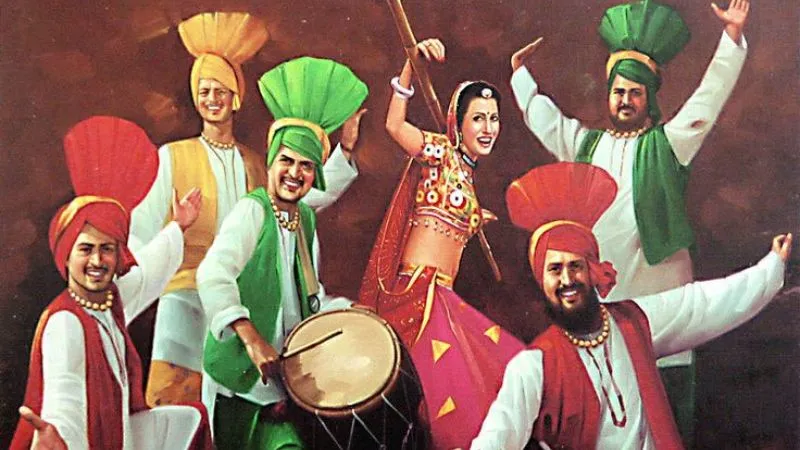Punjabi culture boasts a rich tapestry of music, steeped in bravery, chivalry, and soulful tales. From Sufi saints like Baba Farid to legendary romances like Heer Ranjha, Punjabi music has echoed the ethos of the land. Artists like Gurdas Maan and Hans Raj Hans carried this tradition forward, enchanting audiences with their folkloric renditions.
The 1990s saw a fusion revolution, where Punjabi pop embraced club beats, hip-hop, and a vibrant, energetic soundscape. However, a concerning trend has emerged within this fusion. A segment of Punjabi pop music, while claiming to represent Punjabi culture, is straying from its core values. This trend is having a significant impact, particularly on impressionable youth.
Disturbing Themes in Modern Punjabi Pop:
Glorifying Intoxication and Violence: Lyrics often revolve around terms like "Daru" (alcohol), "Weed," and "Nasha" (intoxication), glamorising substance abuse. Similarly, references to "Shots," "Theka" (liquor store), and "AK-47s" trivialise violence and gun culture.
Distortion of Cultural Values:
The essence of Punjabi culture – bravery, chivalry, and valor – is sometimes replaced by materialism and violence in modern music. The fusion with Western styles, while innovative, can dilute the cultural core.
Misogyny and Objectification:
Derogatory lyrics which objectify women, such terms as "Chikni" (slang for seductive) and "Afeem" (intoxicating) perpetuates disrespect and reinforces harmful stereotypes regarding gender.
Gangster Culture Influence:
Lyrics glorify "macho power" through gun violence and gang rivalries. This glamorization of crime can potentially negatively influence vulnerable youth.
Commercialization and Homogenization:
The focus on commercial success has led to a homogenised sound, prioritising catchy beats over storytelling and cultural depth. This overshadows other regional music forms.
Loss of Soulful Storytelling:
Earlier legends like Gurdas Mann weaved soulful narratives through their songs. The shift towards pop often sacrifices these deeper themes for fleeting trends.
Obsession with Materialism:
Lyrics flaunt "high-end" lifestyles, name-dropping luxury brands and expensive cars. This creates an unrealistic and potentially materialistic worldview.
Finding the Balance:
Punjabi music can continue to evolve while staying true to its roots. There's a need for music that celebrates Punjabi culture's true essence – its rich folklore, soulful storytelling, and emphasis on community values.
